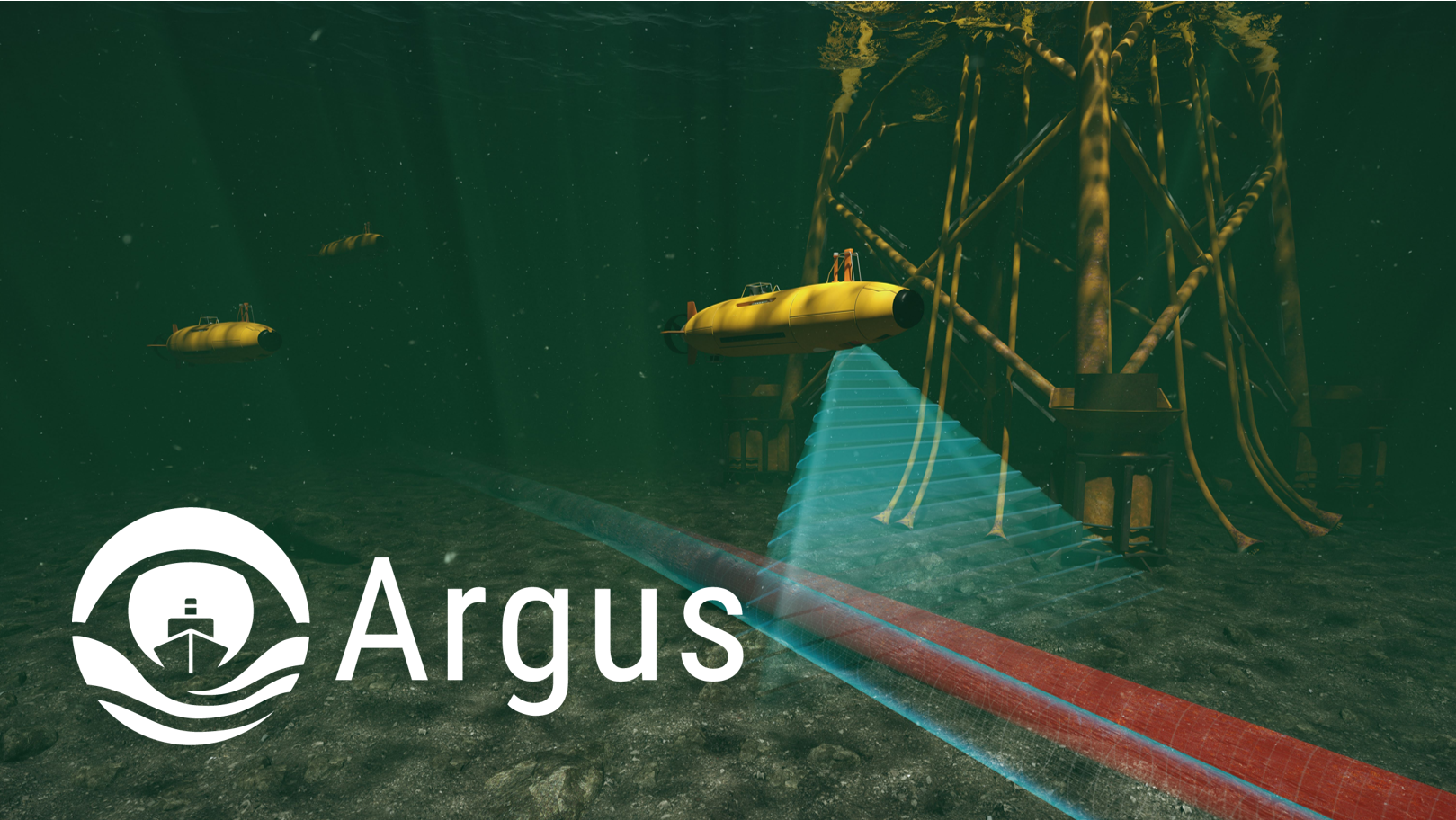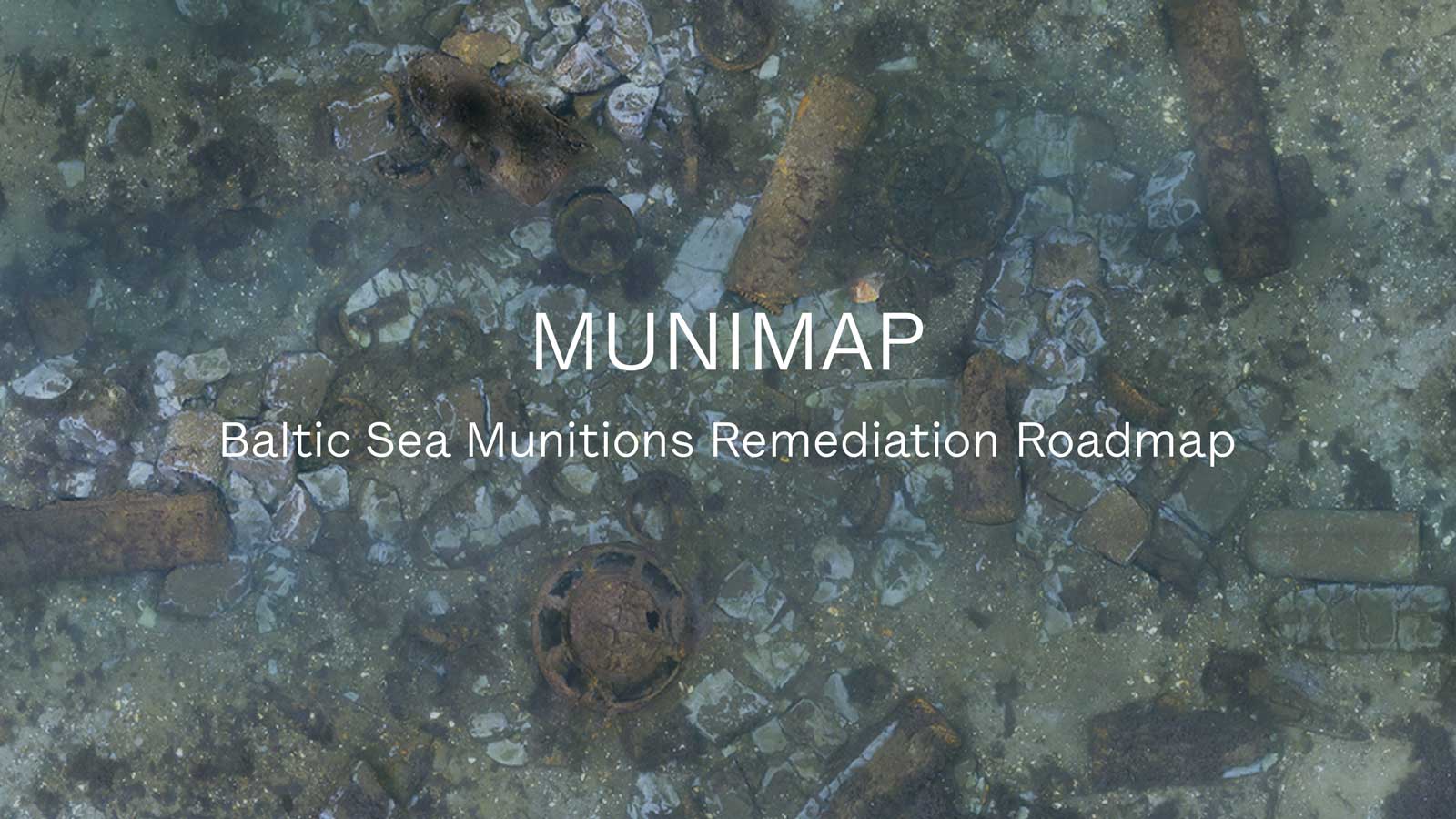High-Fidelity Seafloor Analysis
We process hydrographic data at the maximum available resolution—directly from raw sensor outputs—to preserve fine-scale geometry and material characteristics often lost in simplified or aggregated rasterised elevation models.


-1.png?width=800&height=501&name=image%20(3)-1.png)

-1.jpg)

